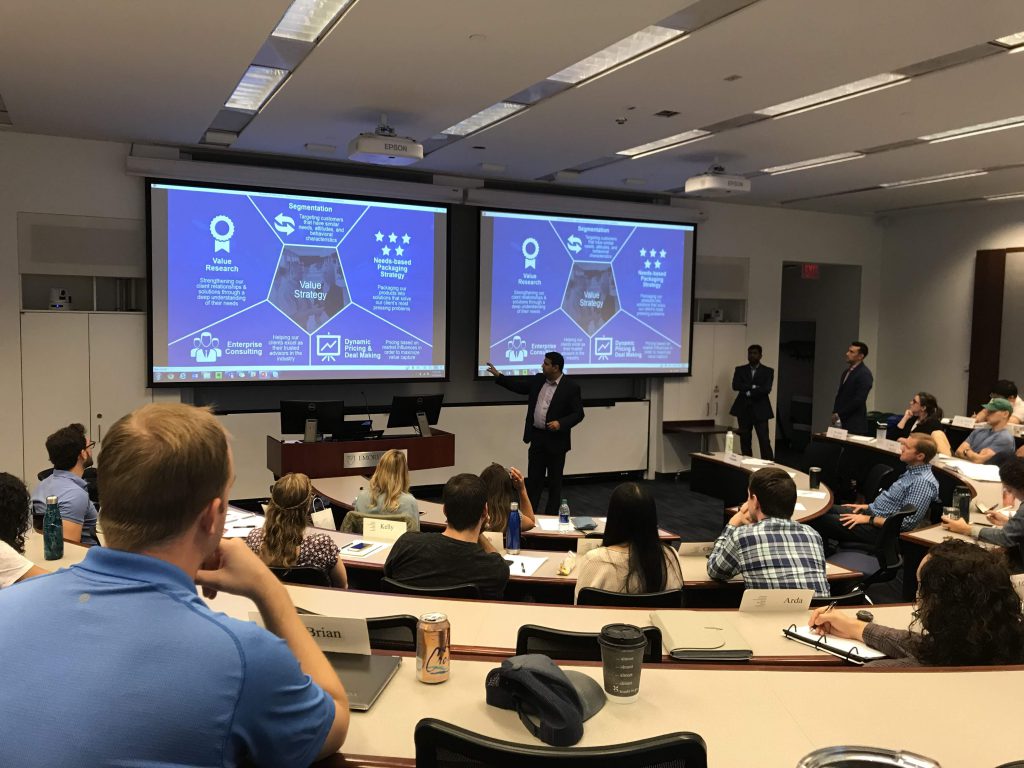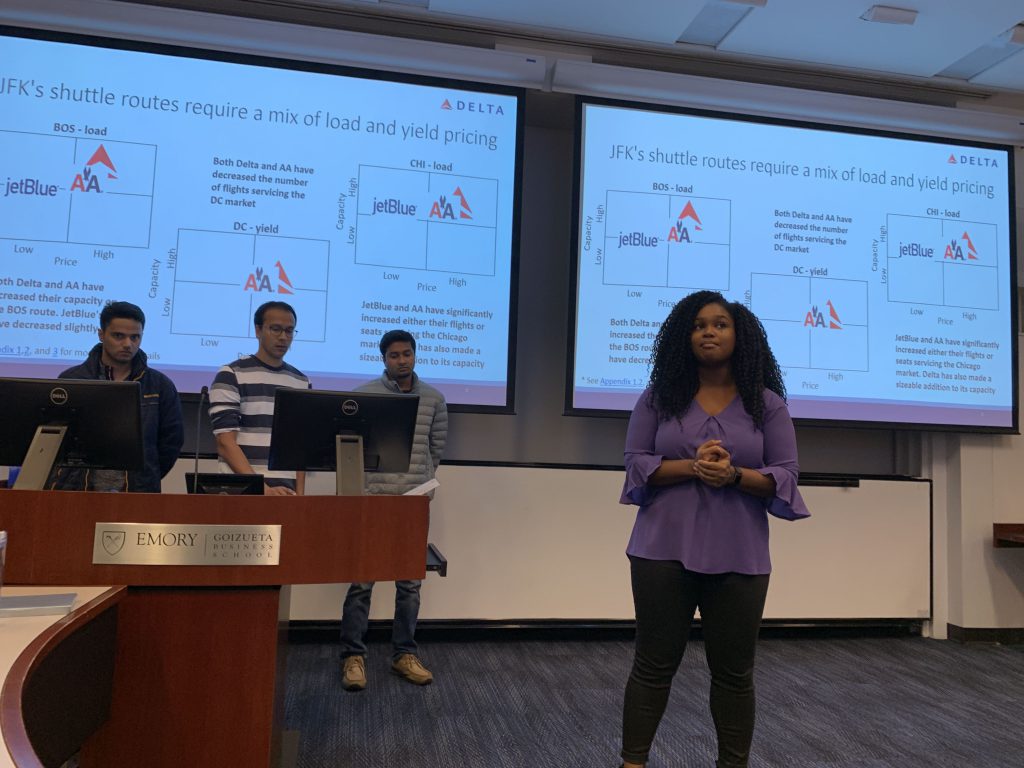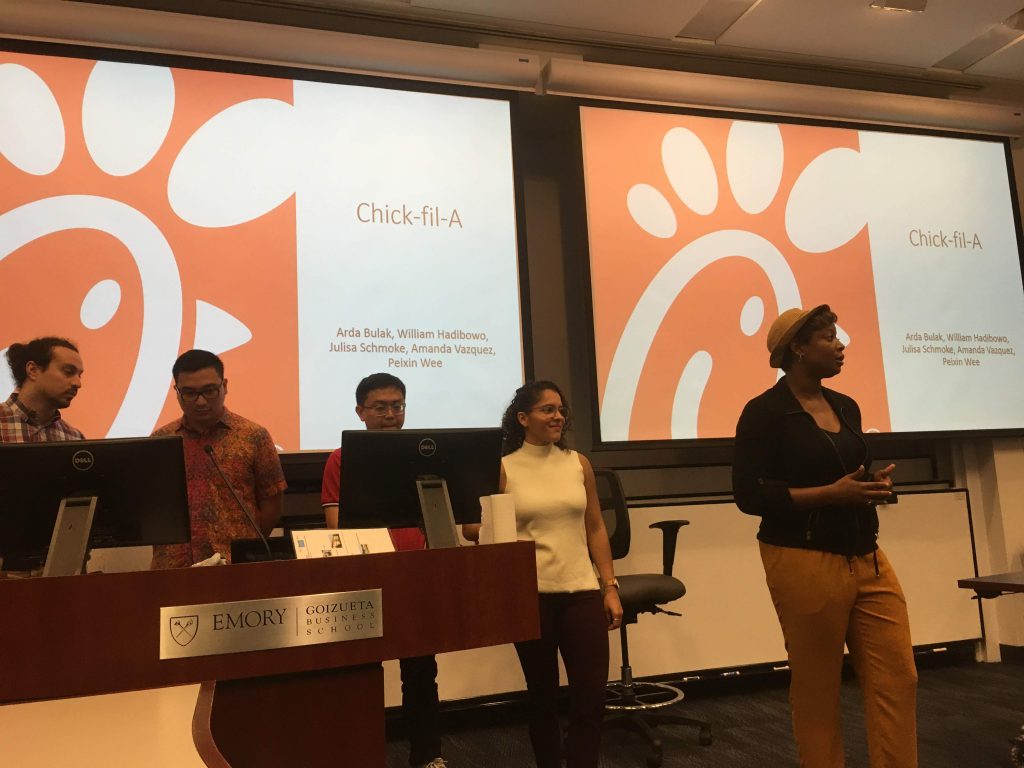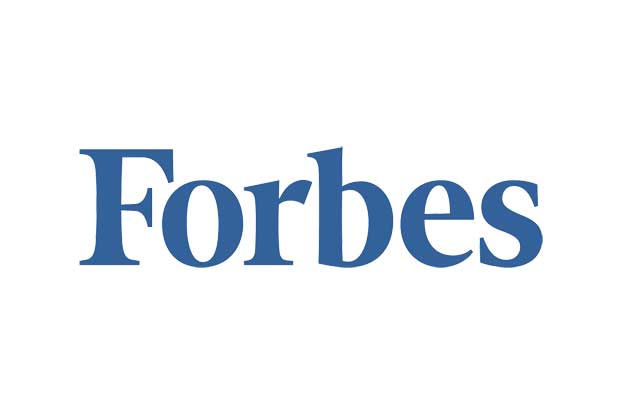
Too often managers think about pricing as solely a quantitative or economic variable problem. However, pricing is a strategic lever for profitability with several factors impacting a firm’s pricing decision.
A study done by the McKinsey Company in 2003 looked at 1,500 Standard & Poor’s 500 index companies and explored various things the firms could do to increase profits. They could improve their fixed-cost position; they could improve their variable costs or price by one percent each. But the thing that had the most impact was if they were able to improve their final realized price by only one percent, they were able to increase their operating profit by about eight percent. Price is such a critical lever for profitability and yet it is the most overlooked.
For many companies, pricing decisions are made arbitrarily. Competitor A is charging $500, competitor B is charging $300, so they just choose $400, without any rationale or data analytics. Or some companies, engage in cost-plus pricing, something that does not maximize profitability.
When pricing only to cover costs, managers leave money on the table. By pricing to match competitors, a company may give away created value.

At Goizueta, MBA students are studying pricing in its various dimensions in the course Pricing Strategy and Analytics. They have spent the last few months learning the right way to set a price and understanding ways to get the price in the marketplace.
To effectively learn the complexities of pricing decisions, students study under a different teaching method that Assistant Professor in the Practice of Marketing Professor Saloni Vastani called “live cases.” Prior to the semester, the faculty and the TA team worked together with several top Atlanta companies experiencing pricing challenges. Throughout the semester, student teams study the issue, explore solutions and then present recommendations to the company’s executive teams. The firm representatives then have an opportunity to provide feedback and share the nuances of what actually happens in a company when it’s faced with a real pricing strategy decision.
During the semester, students worked on live cases with four companies — Chick-fil-A, Delta Airlines, Cox Communications and Deloitte. Students worked on developing a menu board pricing strategy, dynamic pricing in competitive markets and digital marketplaces, market research with conjoint analysis and pricing analytics using large datasets covering B2B and B2C industries across products and services.
“Generally, Harvard Business School cases present a problem that students are asked to solve,” Kelly Kretschmar 19FTMBA said. “But students rarely get to hear about how the company itself tackled the problem. Live cases give students that opportunity. A company representative comes to hear the ideas that students have come up with and then share their own experience in what they did. It makes the process more interactive and allows students to walk away with a better understanding of the challenges and successes of price setting.”

“Students come into the classroom thinking there is one right price, however, in reality, there can be several right prices and data is messy, not black and white as in a published case,” Vastani said.
The students learn to work with ambiguity and thinking about pricing decisions holistically across functional organizations.
Kretschmar said that experience is unique because “the live case method allows students to get insight into how a pricing issue might be solved inside a company. It gives students an opportunity to ask candid questions about the process and hear about the challenges/successes of setting a price.” For students this is a highlight of their time at Goizueta.
“Good business education is incomplete without a strong understanding of pricing,” Vastani said. “With live cases, we can bring into the classroom an interactive and engaging way to think about pricing issues as multidimensional and multifunctional.”











